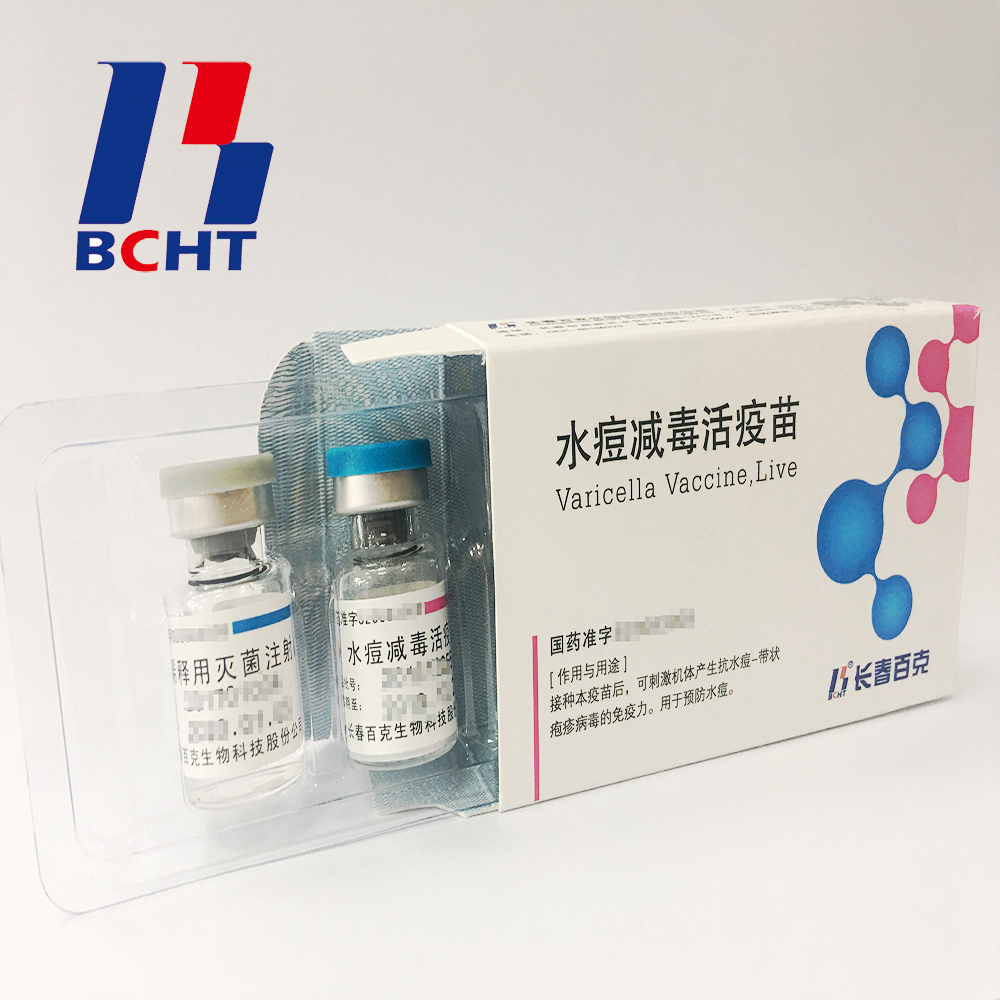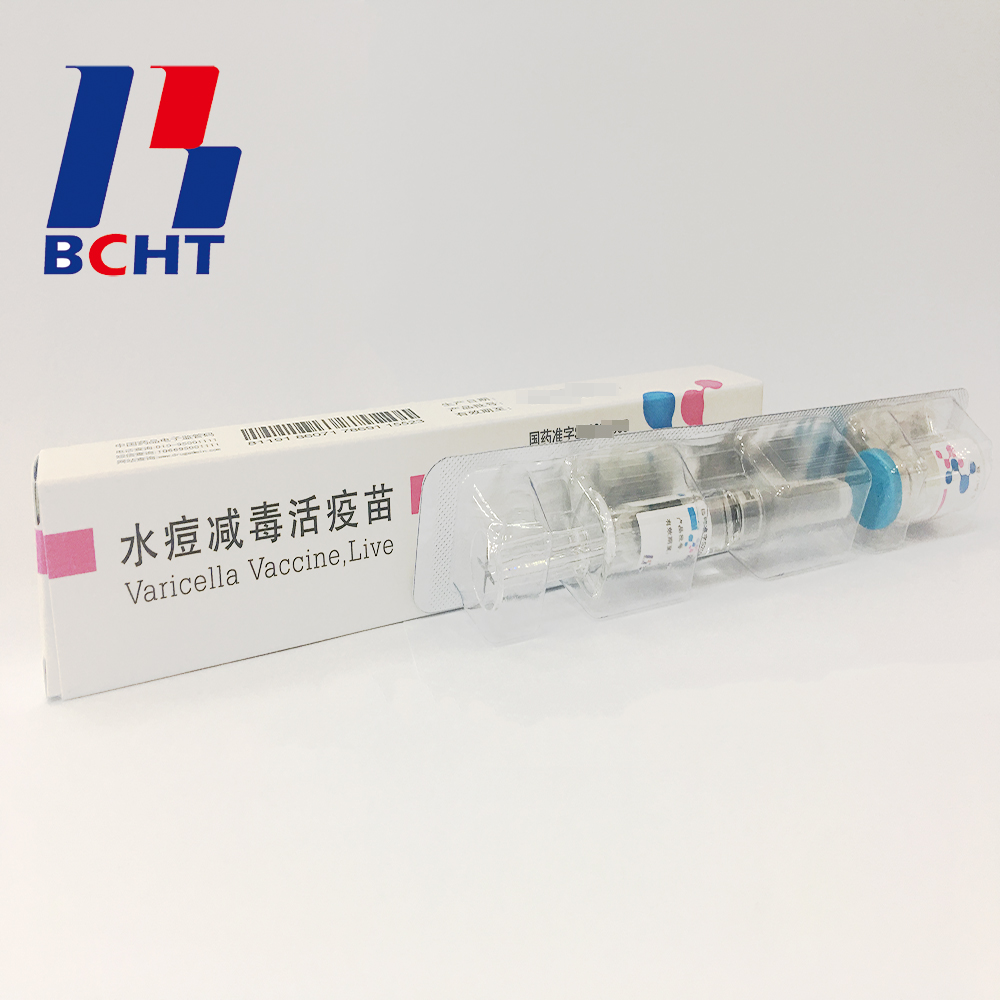First, choose high efficiency, low toxicity and low residual pesticides.
There are many kinds of pesticides, and their physical and chemical properties and biological activities are different. Not all pesticides are effective for all tea diseases and insects. According to the nature of the prevention and treatment of pesticides and the right medicine, select the low-toxicity and low-residue pesticide. For pests of chewing mouthparts, pesticides that have stomach toxicity and contact toxicity (such as pyrethroid pesticides, phoxim, dichlorvos, etc.) are selected, and for the sucking mouthpart insect pests, strong contact toxicity and internal resistance are selected. Absorbing pesticides (eg dimethoate, malathion, deltamethrin, etc.). Generally, lepidopteran pests, such as tea locust, tea caterpillar, moth, etc., can be used for pesticides such as phoxim, deltamethrin, dichlorvos, etc.; for homoptera pests, such as ciprofloxanthellae, red wax peony, horn wax, Snake eyelids and other optional malathion, imidophos and other pesticides; for artificial eye small green leafhopper, tea seedlings, etc. can choose dimethoate, imidacloprid and other pesticides; for fleas, acaricide should be used Kete special, Extermination, etc. for prevention and treatment; for tea leaf disease, stick disease can use thiophanate-methyl, carbendazim, chlorothalonil and so on. In short, in the prevention and treatment of tea pests and diseases, certain pesticides must be selected according to different types of pests and control objects (strong use of poisons and pesticides are strictly prohibited) so as to achieve a multiplier effect and reduce the use of pesticides to a minimum. In production, in order to overcome or delay the occurrence of pest resistance, and simultaneously treat a variety of diseases and insect pests, drugs that are not mutually resistant can be selected, used interchangeably and mixed. In general, one pesticide is used once a season, and no more than twice in the whole year. This can effectively reduce the residue of a pesticide in tea.
Second, choose the best period of prevention and treatment.
Mastering the proper application of pesticides is the key to improving the prevention and control of pesticides, reducing the amount of pesticides, reducing the number of sprayings throughout the year, and saving control costs. The best period of pest control should be decided from two aspects. First, we must select the disease prevention and control index. The control index, also known as the prevention and control threshold, is based on the estimated economic losses caused by the occurrence of pests and diseases. Production practices have proved that pests and insecticides spray pesticides and spray pesticides. Not only do they not control the diseases and insects, but they can kill natural enemies, destroy ecological balance, and cause certain diseases, pests, and plagues. Application of prevention and control indicators to guide the application of pesticides can reduce the blindness of pesticide application and overcome the one-sided approach of “seeing pests and treating disease†and “treating the disease earlyâ€. Secondly, in the most sensitive development stage of pests and pesticides, the application of pesticides will easily receive excellent control effects. Low-age (1-3 years) larvae, such as tapeworms, tea caterpillars, tussock moths, leaf roller moths, and moths, etc.; eggs of scale insects, whiteflies, etc. hatch at the end of the period (84% of eggs have hatched); tea The larvae of the moth larvae are latent and curled; the exoskeleton at the end of the exhumation stage of the genus A.; the pre-peak stage of the larvae of the tea crickets; and the first half of the disease period of the leaf diseases are suitable periods for the control of spraying.
Third, optimize the use of pesticide technology.
The effective dose (or effective concentration) of a pesticide is based on field trials. Therefore, it is necessary to strictly follow the effective dose (or effective concentration); do not arbitrarily increase or decrease. In order to reduce the amount of pesticides and increase the pest control rate, the use of pesticides must be optimized in production technology. 1 Low-volume and small-hole spray spray technology is used. The liquid volume per 1/15 hectare (1 mu) is 5-20 kg; 2 The distribution of pests and insecticides was sprayed to increase the target rate of pesticides on pests and insects. For example, the habits of young larvae of tea pests, tea caterpillars, and other insect pests in the middle of the central part of the tea tussock were harmed, and the density of insect populations exceeded the control. In the target tea gardens, the use of sprayed tea bushes on both sides can reduce the exposure of pesticides in fresh leaves; 3 According to different terrains, different types of tea gardens and intensification, different sprayers are used; 4 According to different pest types and tea garden types, Use different spray methods.
Fourth, strict implementation of pesticide safety interval.
Finished products of varicella vaccine. It has three qualities,good safety of gelatin-free, long validity period by good stability, better protection with high titer and immune efficacy. These improvements enhanced the vaccine safety and quality, and established BCHT the leading position in varicella vaccine. We have two different packages, penicillin bottle and pre-filled syringe. And it has been exported to other countries, such as India, Philippines.


Varicella Vaccine Finished Products
Finished Products Of Rabies Vaccine,Rabies Vaccine For Human Use,Live Biotechnology Chicken Pox,Live Lyophilized Vaccination
Changchun BCHT Biotechnology Co.,Ltd , https://www.ccbcht.net